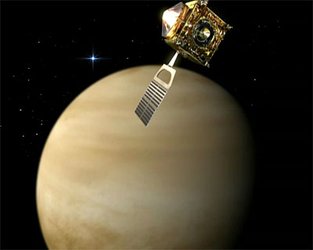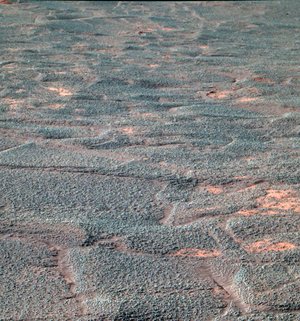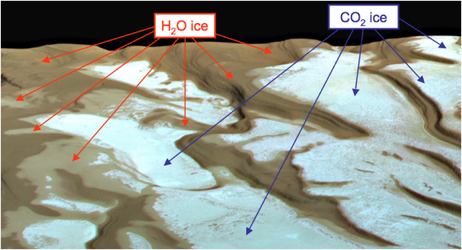Roberto Orosei
Roberto OROSEI, Ma_Miss infra-red spectrometer (ExoMars drill) Team, Istituto di Astrofisica Spaziale e Fisica Cosmica (IASF), Italy
Subjects: Exomars drill operations & subsurface mineralogy
As an expert in planetary mineralogy, why is it important to drill the surface of Mars and look underneath?
Drilling into the Mars’ subsurface means both, accessing a different environment with respect to the surface physical, chemical and thermal conditions, and going back in time to the age when water may have flown on the Martian surface. That’s because many geological processes result in the deposition of more recently modified or new material (such as wind-blown dust, lava flows or impact debris) getting heaper on top of older material that had formed through different physical processes, under different climatic conditions.
Is it also important in search for traces of life?
Many organic molecules are unstable because of the weathering conditions on Mars - the intense UV radiation, together with large temperature swings and arid conditions. Because of this, the Martian surface is a very unfavourable place for current biological activity, and is also too harsh to have preserved traces of past life.
That’s why, in my opinion, the question whether or not life ever arose on Mars cannot be answered without access to the subsurface.
What are your expectations from the ExoMars mission?
As subsurface sounding radars such as MARSIS and SHARAD added a new dimension to the study of martian geology, so I believe that drilling will open a new world to the study of the biological environment on Mars in-situ.
As an example, let’s take the most important question of the origin of gases such as methane and formaldehyde, potentially produced by organic activity. These gases have been detected in the Martian atmosphere and they require some unseen source to compensate for destruction by UV radiation. For the answer, we must look into the subsurface.



















